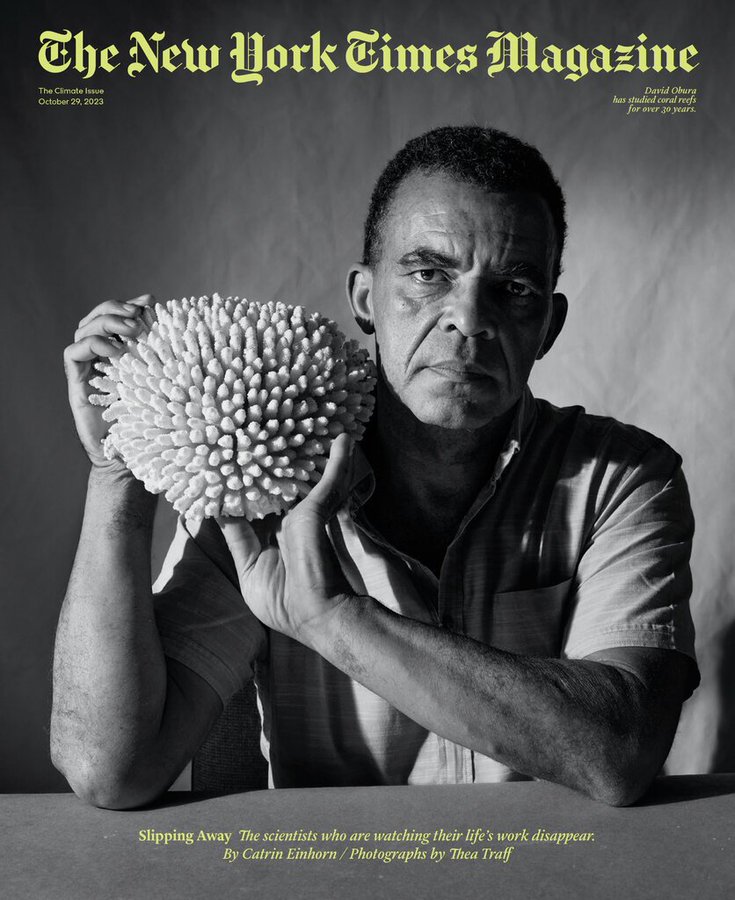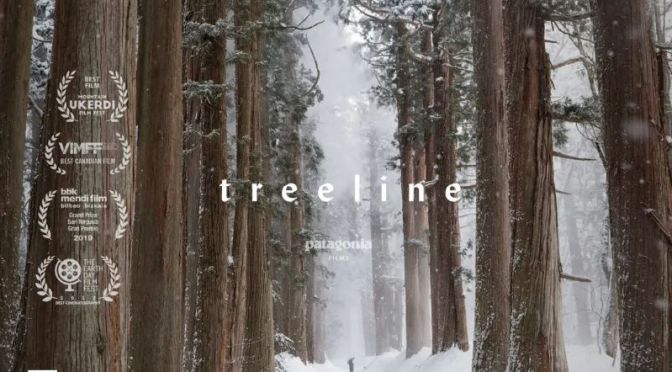

THE NEW YORK TIMES MAGAZINE (November 3, 2023): The latest issue features Bariatric Surgery at 16 – If childhood obesity is an ‘epidemic,’ how far should doctors go to treat it?; Some Ukrainians Helped the Russians. Their Neighbors Sought Revenge; The Eternal Life of the ’90s Supermodel -How did a small group of models manage to stay on top for so long?, and more…
Bariatric Surgery at 16

If childhood obesity is an ‘epidemic,’ how far should doctors go to treat it?
By Helen Ouyang
Last fall, Alexandra Duarte, who is now 16, went to see her endocrinologist at Texas Children’s Hospital, outside Houston. From age 10, she had been living with polycystic ovary syndrome and, more recently, prediabetes. After Alexandra described her recent quinceañera, the doctor brought up an operation that might benefit her, one that might help her lose weight and, as a result, improve these obesity-related problems.
Some Ukrainians Helped the Russians. Their Neighbors Sought Revenge.

For people in Bilozerka, the invasion began a cat-and-mouse game of collaboration and resistance.
By James Verini
Andriy Koshelev steered his car into the driveway of his home on Pushkin Street in Bilozerka, a lakeside town in Ukraine’s Kherson region. Leaving the car on, Koshelev got out and walked to the entrance gate. He reached down to loosen the latch. When he pulled it, the gate exploded. Koshelev’s parents, who lived on the same property, rushed outside as acrid smoke filled their driveway and the street. The explosion resounded across town.

















 Butterflies are one of the world’s most beloved insects. From butterfly gardens to zoo exhibitions, they are one of the few insects we’ve encouraged to infiltrate our lives. Yet, what has drawn us to these creatures in the first place? And what are their lives really like? In this groundbreaking book, New York Times bestselling author and science journalist Wendy Williams reveals the inner lives of these “flying flowers”—creatures far more intelligent and tougher than we give them credit for.
Butterflies are one of the world’s most beloved insects. From butterfly gardens to zoo exhibitions, they are one of the few insects we’ve encouraged to infiltrate our lives. Yet, what has drawn us to these creatures in the first place? And what are their lives really like? In this groundbreaking book, New York Times bestselling author and science journalist Wendy Williams reveals the inner lives of these “flying flowers”—creatures far more intelligent and tougher than we give them credit for.